1. The Neon Museum, Las Vegas
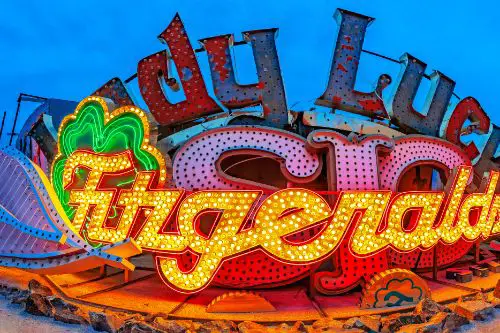
The Neon Museum is where the Vegas of the 1950s and 1960s lives on in full, glowing glory, according to Chris Hagan and Matt Adams from Fox 59. The museum features old signs from the Strip’s heyday—think Stardust, Sahara, and the original Caesars Palace. Walking through the “Boneyard” feels like stepping into a Rat Pack dreamscape, complete with towering marquees and glittering bulbs. The colors, the designs, the font styles—it’s all so fabulously mid-century.
This is a place where design, advertising, and culture collide in the flashiest way. Some signs are restored and lit up at night, while others rest in their rusted beauty. The museum doesn’t just preserve signs—it tells the story of a city constantly reinventing itself, yet unable to shake its glitzy past. It’s one of the coolest ways to experience the Vegas of Sinatra and Elvis.
2. Colonial Williamsburg, Virginia
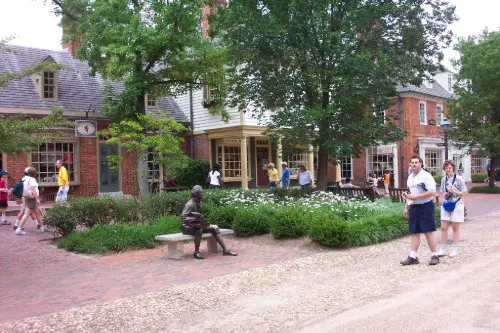
Walking through Colonial Williamsburg feels like stepping right into the 1700s, according to Robert Brems from the Coshocton Tribune. The entire area is a living history museum where actors in full colonial garb go about their day as if the Revolutionary War is still fresh news. You can chat with blacksmiths, watch wigmakers at work, and even attend court sessions based on 18th-century law. Everything from the architecture to the language used is designed to immerse you in the world of pre-independence America.
It’s not just about dressing up or pretty buildings—this place is deeply educational. Many of the structures are original or reconstructed on their original foundations, and the historical reenactments are rooted in real events and people. The goal isn’t just nostalgia, but a true preservation of what life looked and felt like in that decade. It’s one of the most authentic glimpses into colonial life you’ll find in the U.S.
3. Bisbee, Arizona
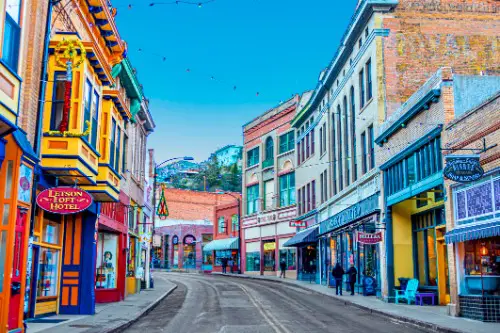
Bisbee looks like a mining town frozen in the 1910s, right before the boom went bust, according to Sydney Rasmussen from Visit USA Parks. Nestled into the Mule Mountains, its steep, winding streets and historic buildings remain almost untouched since the copper mining heyday. There’s a haunting beauty to the preserved saloons, miners’ shacks, and the old Copper Queen Hotel, where time genuinely seems to stand still. You can even tour the Queen Mine itself, where guides who once worked there walk you through the old tunnels.
Unlike towns that lean into kitsch, Bisbee’s authenticity makes it a magnet for artists and history lovers alike. It doesn’t feel like a stage set—it feels like the locals just never updated anything because they didn’t need to. Vintage shops, diners with original 1930s décor, and throwback bars add to the charm. If you want to feel like you’ve wandered into a Jack London novel, this is the spot.
4. Mackinac Island, Michigan
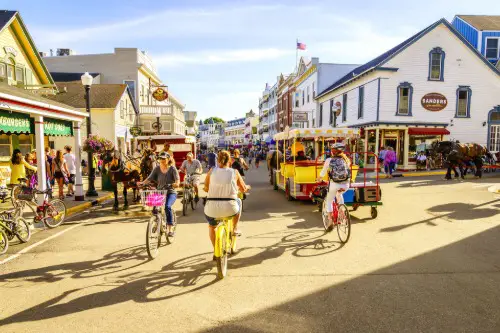
Mackinac Island doesn’t just look like the late 1800s—it operates like it, according to Steve Bergsman from The Oklahoman. Cars have been banned on the island since 1898, so transportation is strictly by horse-drawn carriage, bicycle, or foot. The island’s Victorian-era hotels, especially the iconic Grand Hotel, and candy-colored storefronts look like something straight out of a Gilded Age postcard. Even the fudge shops—there are many—still make their sweets the old-fashioned way.
It’s not all just for show—people live here year-round and maintain that sense of historical continuity. During the summer, the island hosts historical reenactments and themed events that bring the 19th century to life. The whole place has a dreamy, unplugged feel that’s hard to find anywhere else. If you want to experience America before the automobile, this is as real as it gets.
5. Centralia, Pennsylvania
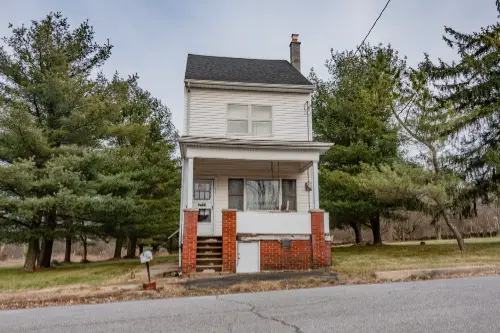
Centralia is the eerie embodiment of the 1960s—when it was last fully alive—before a mine fire turned it into a ghost town. The underground coal fire, which started in 1962, is still burning today and forced most of the town’s population to relocate. What’s left behind is a surreal, overgrown grid of cracked streets, street signs leading to nowhere, and the odd remaining house. The most famous remnant is the now-closed graffiti-covered stretch of Route 61, nicknamed “Graffiti Highway.”
Centralia isn’t a preserved museum—it’s a forgotten place where nature has overtaken the remains of a 20th-century town, according to Matt Benedetto from ABC27. There’s a frozen-in-time quality to the stop signs, foundations, and memories that linger. It’s a strange, quiet place, but it tells a gripping story of mid-century industrial America and its unintended consequences. It’s not for everyone, but for those curious about the darker corners of American history, it’s unforgettable.
6. North Brother Island, New York
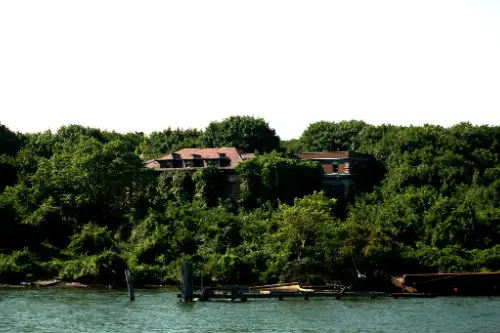
Hidden in plain sight off the coast of the Bronx, North Brother Island is a time capsule of early 20th-century public health and urban life. Once home to Riverside Hospital, which treated quarantinable diseases like smallpox and tuberculosis, the island was abandoned in the 1960s. Now it’s a haunting collection of decaying buildings, hospital wards, and old living quarters, slowly being overtaken by forest. You can’t legally visit it without permission, but glimpses from the water or drone footage show a world left behind.
The eeriest part? Much of the infrastructure—like old wheelchairs, gurneys, and files—was just left in place. It’s as if the staff walked out one day and never came back. The island even housed “Typhoid Mary” for over two decades, adding to its mythic status. It’s a chilling but fascinating place where the 1920s through the ’50s are preserved in eerie stillness.
7. Leadville, Colorado
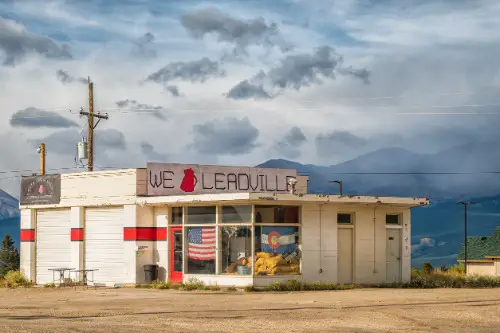
Leadville, perched high in the Rockies, gives you the raw, unfiltered experience of an 1880s silver boom town. Unlike more polished tourist stops, Leadville still has that gritty, old-west authenticity—from its dusty streets to its frontier-style buildings. The Tabor Opera House, saloons, and Victorian homes are still standing, most in original condition. You can even ride a steam train around the area like it’s 1887.
The town hasn’t tried to reinvent itself too much, and that’s part of its charm. Many businesses operate out of buildings that haven’t changed in over a century. Instead of touristy gloss, you get a real sense of what life was like for miners and their families. Leadville isn’t playing pretend—it is the 1880s, just with better coffee.
8. Bodie, California
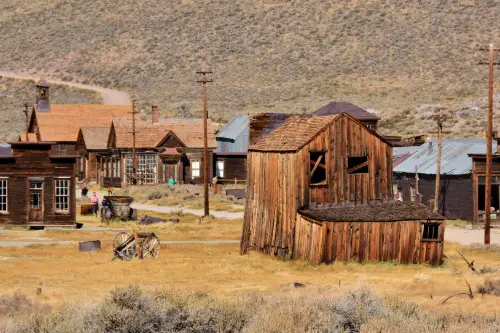
Bodie is a ghost town stuck in the 1880s, preserved in what park rangers call a state of “arrested decay.” Once a bustling gold-mining town with over 10,000 residents, Bodie was abandoned almost overnight in the early 20th century. What’s left are weather-beaten buildings, rusting cars, and homes where furniture, dishes, and even old newspapers are still in place. Walking through it feels like someone hit pause right before the curtain fell.
Now a California State Historic Park, the town isn’t restored or prettied up—just protected from collapsing. That makes it one of the most authentic old west towns you can visit. There’s no reenactment here, just the genuine remnants of a once-thriving boomtown. If you’ve ever wondered what a real ghost town looks like, Bodie is your answer.
9. Greenfield Village, Michigan
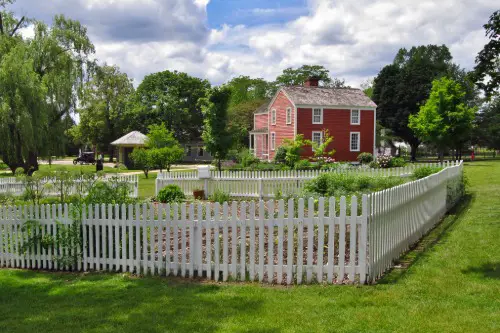
Greenfield Village is the brainchild of Henry Ford, and it’s his love letter to 19th-century innovation. Located in Dearborn, it’s part of the Henry Ford Museum and features dozens of historic buildings relocated and rebuilt brick by brick. You can visit Thomas Edison’s lab, ride in a Model T, or sit in the same courthouse where Abraham Lincoln practiced law. It’s a blend of the 1800s and early 1900s, frozen in educational clarity.
The village isn’t just a display—it’s a full experience. People churn butter, operate printing presses, and forge tools just like they did a century ago. It’s immersive without feeling forced, and kids especially love the horse-drawn rides and steam trains. If you want to walk through America’s age of invention, this is your spot.
10. Lowell, Massachusetts
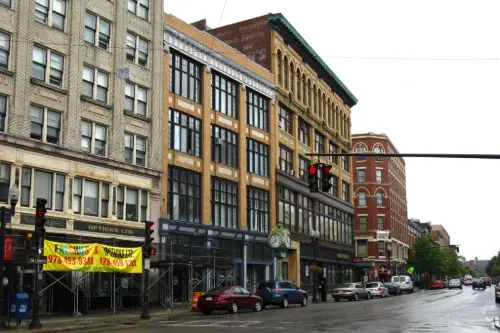
Lowell captures the spirit of the early Industrial Revolution like nowhere else in the U.S. Once a textile powerhouse in the 1820s, the city’s mills and canals are still intact and part of a National Historical Park. You can tour the old factory floors, hear the looms running, and get a feel for what it was like to be a mill worker during America’s early manufacturing boom. The boardinghouses, machinery, and worker culture have all been carefully preserved.
What makes Lowell unique is how fully it embraces its industrial roots. The city doesn’t shy away from its gritty past—it showcases it, right down to the water-powered turbines. It’s a snapshot of the decade when America became a factory-driven nation. If the clang of machines and smell of cotton oil don’t transport you back, nothing will.
11. Elfreth’s Alley, Philadelphia
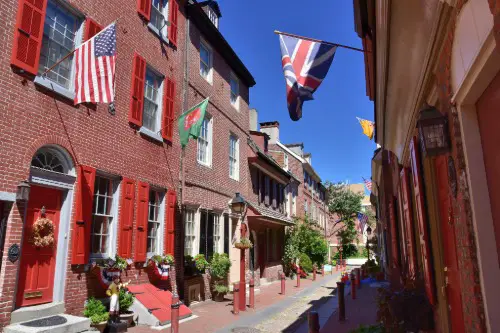
Elfreth’s Alley is the oldest continuously inhabited residential street in the United States, dating back to 1702. The cobblestone road and Colonial-era rowhouses are still home to actual residents, which makes it all the more magical. The buildings, painted in soft pastels with wooden shutters and tiny brick stoops, look exactly as they did in the 18th century. It’s not a museum—it’s a real street that just happens to be stuck in time.
You can take guided tours to learn about the people who lived there centuries ago, or simply wander and soak up the old-world charm. During events like Fête Day, residents dress in period costume and invite visitors into their homes. It’s one of the few places where the 1700s are still part of everyday life. For an intimate peek at colonial urban living, Elfreth’s Alley is a gem.
12. Route 66, Multiple States
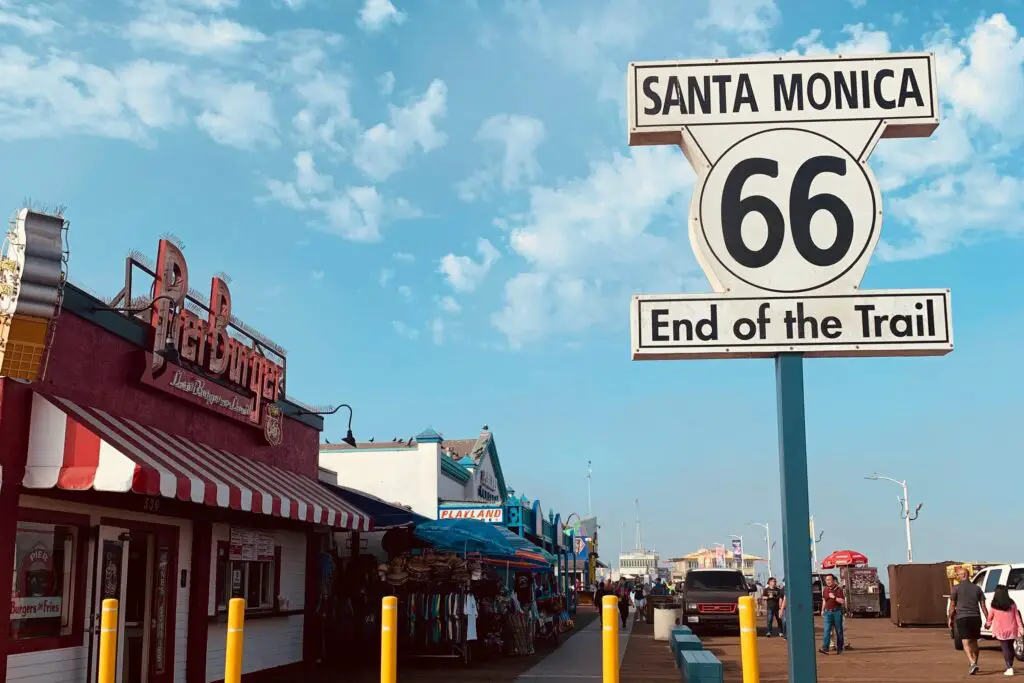
Stretching from Chicago to Santa Monica, Route 66 is like a neon-lit scrapbook of mid-century Americana. Drive through, and you’ll find classic diners, kitschy motels, vintage gas stations, and forgotten roadside attractions that look just like they did in the 1950s. The aesthetic—chrome details, pastel signs, car culture vibes—is baked into every small town and stop along the way. Even the road signs feel like they’ve been untouched for decades.
While parts of the highway have been bypassed or swallowed up by the interstate, long stretches still exist as they were. Towns like Seligman, Arizona and Tucumcari, New Mexico have clung tightly to their mid-century charm. Driving Route 66 is like watching America grow up in slow motion—except the ‘50s never left. It’s nostalgia on wheels, and it’s very real.
13. Detroit’s Packard Plant

The Packard Automotive Plant in Detroit is one of the largest abandoned industrial complexes in the world, and it’s a powerful relic of the 1920s and 1930s. This was where Packard luxury vehicles were once built—some of the finest cars of their time. Now, the crumbling architecture, empty offices, and graffiti-covered stairwells offer a gritty look at America’s golden age of manufacturing. It’s as if the machinery was turned off one day and never switched back on.
Though plans for redevelopment come and go, much of the site remains as it was when production stopped in the late 1950s. Urban explorers are drawn to it for its scale and eerie beauty. It’s an unapologetic look at the boom-and-bust cycle of American industry. If you’re fascinated by places that tell a story through decay, the Packard Plant is your mecca.


